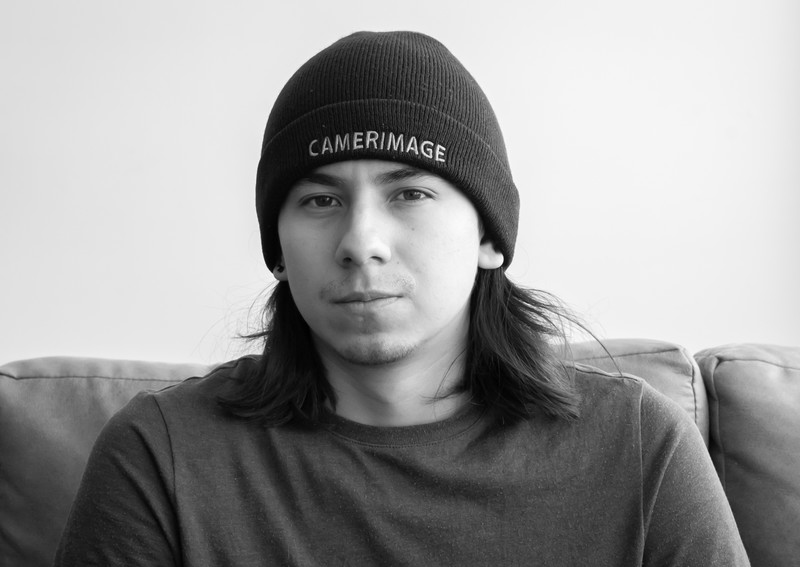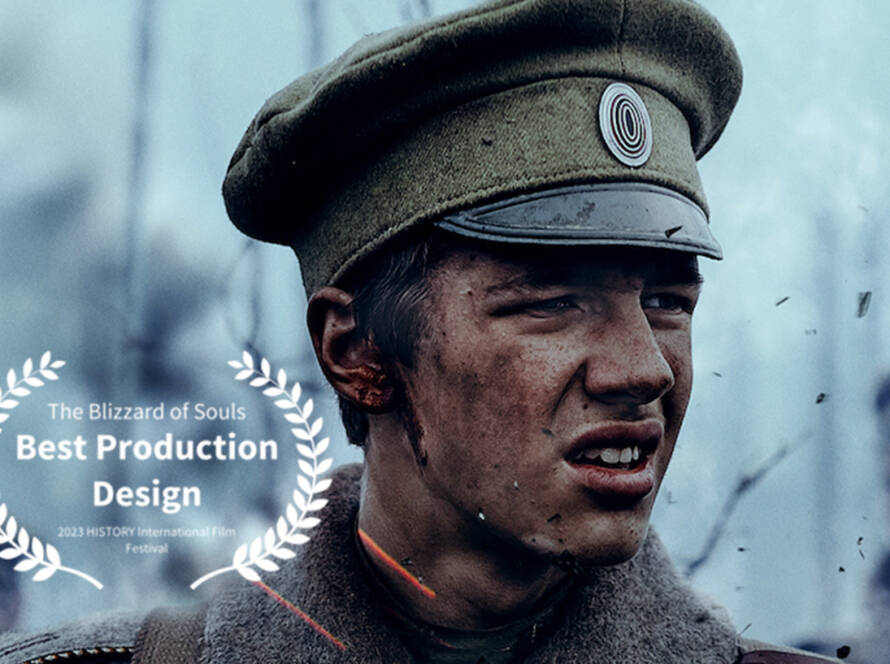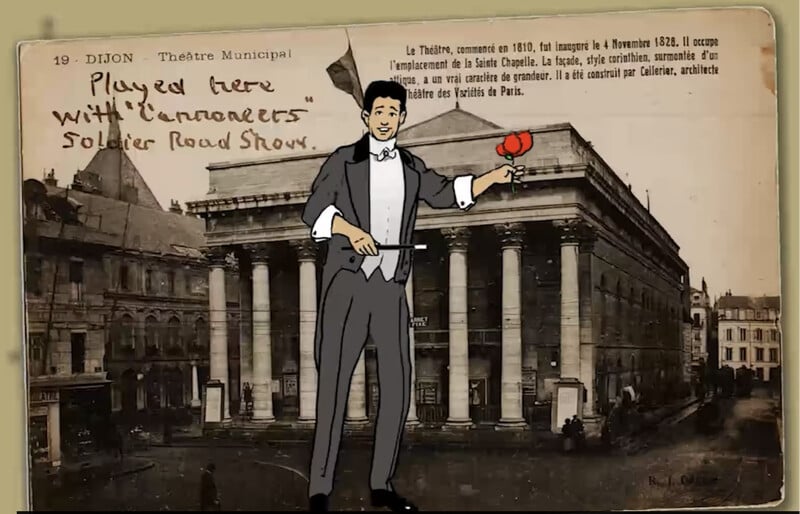Director Biography – RICARDO SOTO
Ricardo Soto studied film direction at Centro de Capacitación Cinematográfica (Mexico). He has been selected in programs such as Berlinale Talents (Berlinale), Filmmakers Academy (Festival del film Locarno), MexiCannes (GIFF & Cinéfondation Cannes), Talent Demo (Camerimage) and IDFAcademy (IDFA). He has been granted by FONCA four times and also did the Artistic Residency AiR in Berlin supported by Nipkow Programm & GIFF. His film works were selected at festivals such as Locarno, Camerimage, Biarritz, Huesca, Hiroshima, FICG, among others. “The singing of the flies” is his first feature film.

The Mexican Revolution comprised more than one decade (1910-1923), involving armed uprisings, revolts and killings across the country. Several revolutionary figures took symbolic and temporary possession of the presidential chair after the decadency of Porfirio Díaz’s dictatorship who had been in power for more than thirty years. Díaz escaped to Paris in 1911, leaving a divided and fragmented territory, a tired nation due to the inequalities of his mandate and multiple groups formed armies all aiming to impose their ideals. Mexico turned into an ungovernable place where revolutionary leaders became victims because of evil betrayals often leading towards their death.
The story of the film takes place in 1915, the year in which the revolutionary conflict was at his peak. Entire villages were looted, burned and exterminated with the pretext to establish a new order and to get rid of the old commending policies. The price to pay for this was extremely high, it took millions of lives, most of them innocent. The wave of violence spread to all corners of the country, entire families were killed, and others removed from their lands and property; the biggest fear was to fall into opposite sides, so many were forced to leave their homes and to fight in order to stay alive. There was a huge food shortage and different infectious diseases were transmitted linked to the many corpses lying around everywhere.
My urgency of making this film was to save, in a symbolic way, part of what has shaped my history, the main location of the film the old hacienda was the house in the real life of my great grandfather, there he faced the Mexican Revolution epoch. As well as to share with the audience a peculiar view to the past, by referring to one of the darkest periods of my country’s history. As an author, it is for me a huge challenge to explore in this intimate drama what happens when people are abandoned and when disasters like these occur.








